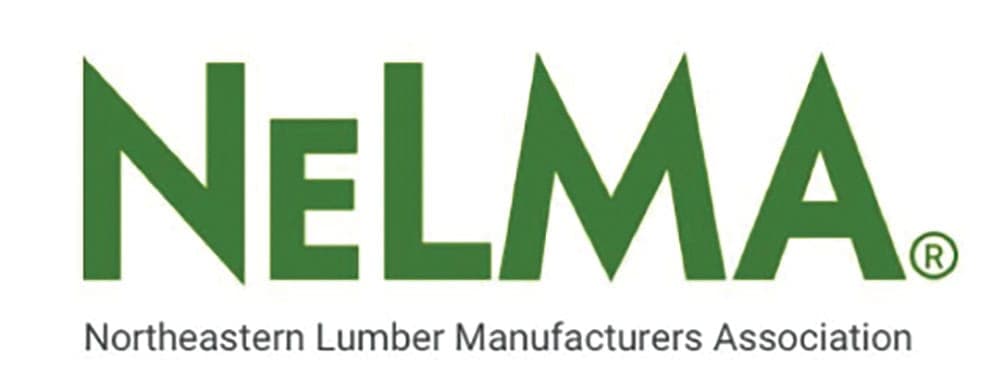
The Truth About Wood:
Each of us talk about wood and various wood species all day, every day. It’s what we do! And yet, while we are deeply knowledgeable about the ins and outs of the industry, the truth about sustainability, the truth about the forest products industry as a whole, it turns out there are many people out there in the dark. They don’t know the truth about wood. Perhaps they’re listening to other building products manufacturers who might claim – erroneously – that their product is truly green, truly efficient, truly earth-friendly.
But we all know better. Let’s take a quick step back and review the facts about wood and the forest industry, just to reiterate what’s real and true in a world filled with fake and false.
Biophilia.
We heard a story recently that there are people out there who like to install wood on an accent wall … only to completely cover it with thick layers of paint, essentially obliterating the look of the wood. Our question: why would someone do that? The power that real wood has over us as humans is proven and documented. Do concrete walls make you ooooh and aaaah and want to touch them? Do they make the room charming and warm and inviting? Hardly. But wood does. Wood is the only building product that draws emotional, heartfelt reactions from humans when we’re around it. That’s biophilia, the tendency for humans to interact and/or be closely associated with nature.
Renewability.
What does lumber like Eastern White Pine need to be created? Dirt, sunlight, and water. No foreign-imported chemicals, nothing bad for the environment. Trees are the environment. Where other building materials take from the earth (think large, gaping holes often equated with concrete production) and use up fossil fuels (concrete, steel, PVC, etc.), the forest industry plants, on average, 2.5-3 trees for every one tree that’s harvested. We’ll let you do the ROI math on that one. Wood is an infinite product that’s easily grown, with zero danger to the planet, again and again and again. Wood is the only truly renewable building product.

Forestry Availability.
Have you heard the wolf-cries about “we’re running out of wood!” or “our forests are being/will be depleted!” None of it’s true. The fact is our North American forests are larger and healthier than they’ve ever been. Our favorite forestry fact: forests in the United States are in better shape/more plentiful today than they were when Thomas Jefferson was alive. Forested land in the U.S. is increasing or maintaining, while the lumber industry is growing strong. We’ve seen the numbers; we know demand for wood is increasing – and it’s OK. The more your customers buy, the more we’ll grow for you, naturally. Our forests and our country won’t run out of wood anytime in the near – or far future. (See: Renewability.)
Carbon Benefit.
Let’s hear from the experts on this one.
- The Softwood Lumber Board reported an incremental demand of 387 million board feet of lumber as a result of their projects in 2021 alone. The carbon benefit of this number: the equivalent of removing 300,000 cars from the road for one year or 1.1 million metric tons of carbon dioxide.
- In 2015, more than 2,600 million metric tons of carbon was stored in harvested wood products in the United States, according to the U.S. Forest Service. One study discovered that, when comparing the use of wood, steel, and concrete to build a single-family home, the house made from wood had the least embodied energy.
- Become familiar with the term lifecycle assessment (LCA), as that’s where the real facts are found. This phrase represents the measuring of environmental impact of a product throughout all stages of the life cycle of the product (not just at one point in the manufacturing). When the LCAs of wood vs. any other building materials are compared, wood wins, hands down.
The fact is wood is good. Good for the environment. Good for carbon sequestration. Good for the forest industry. And good for the planet. Don’t let anyone ever tell you anything different.





